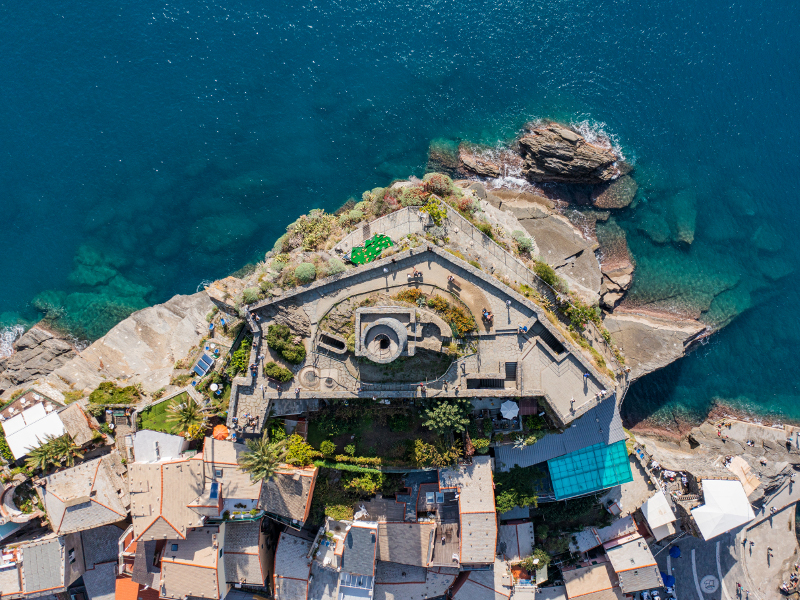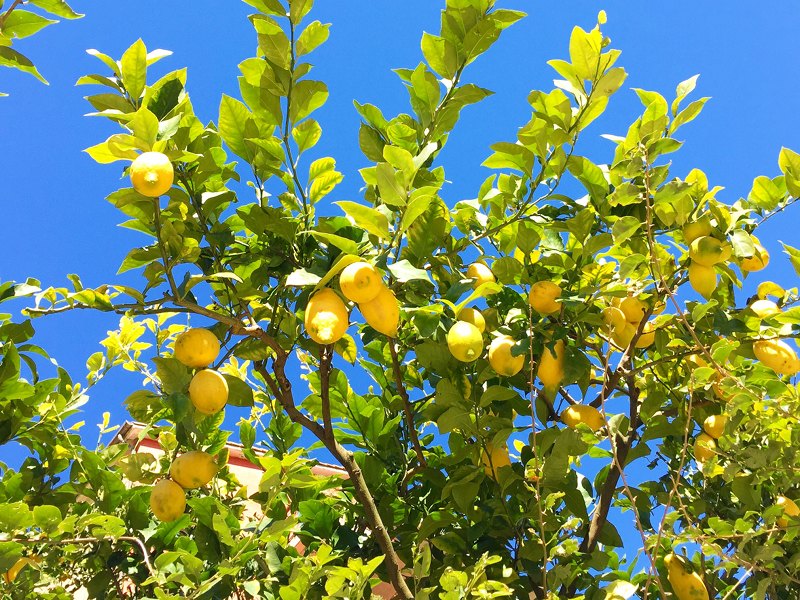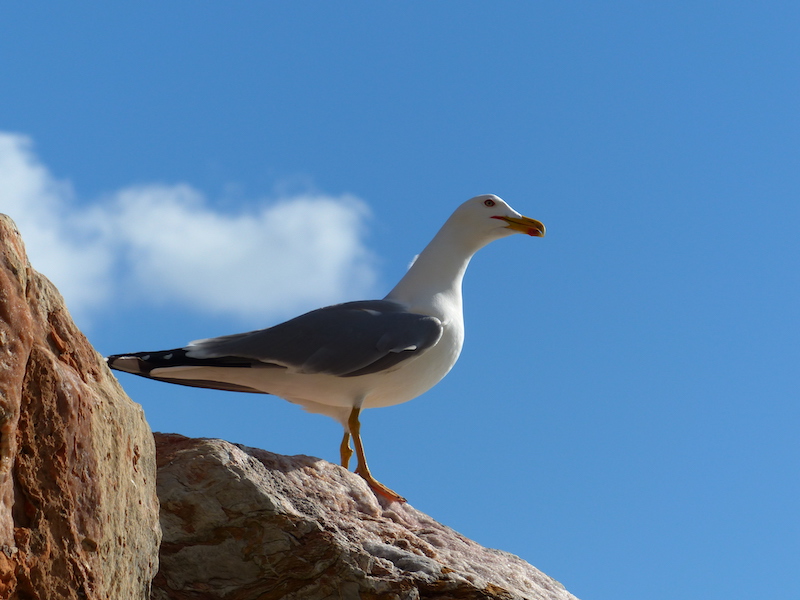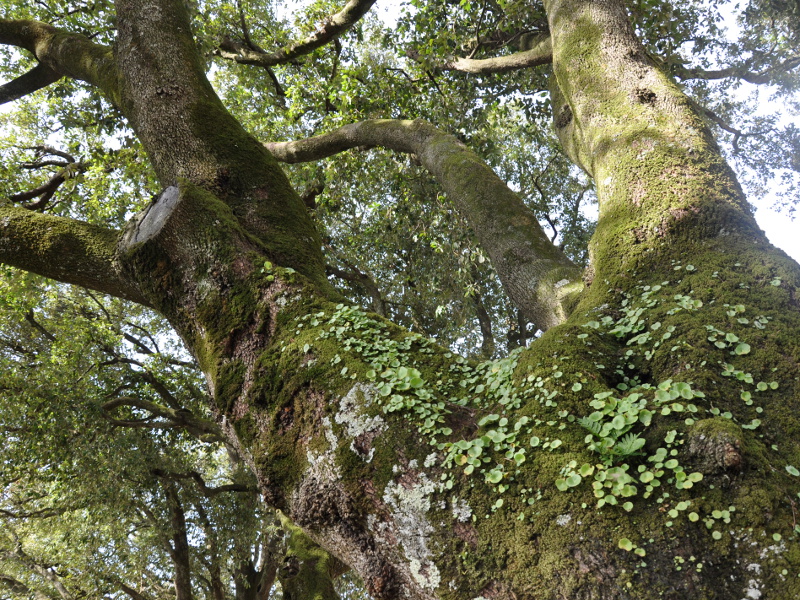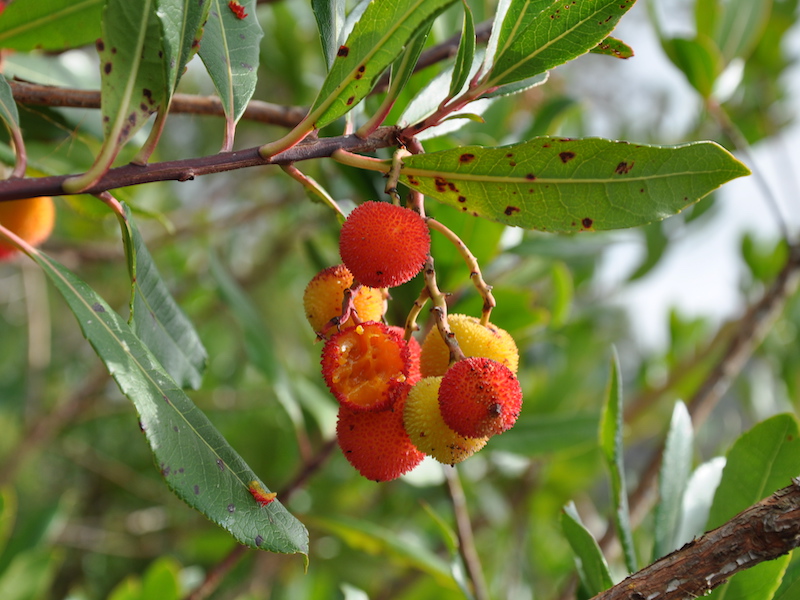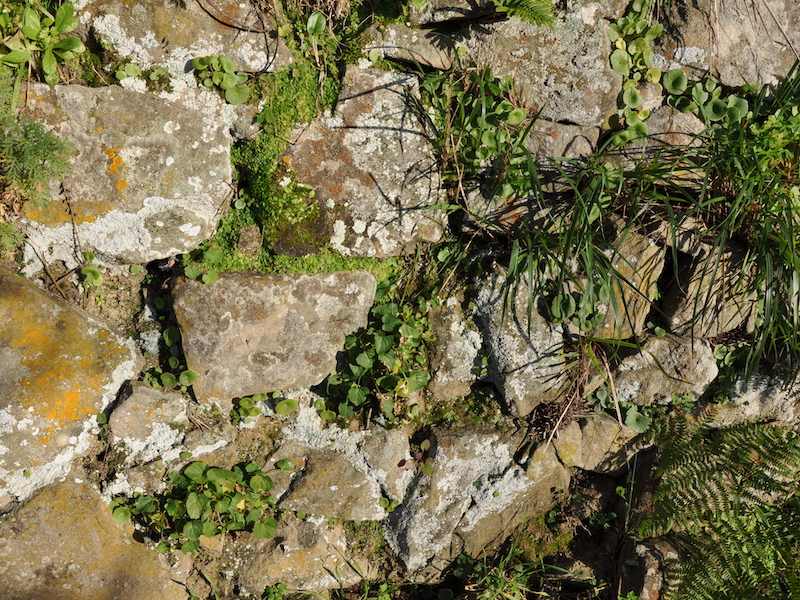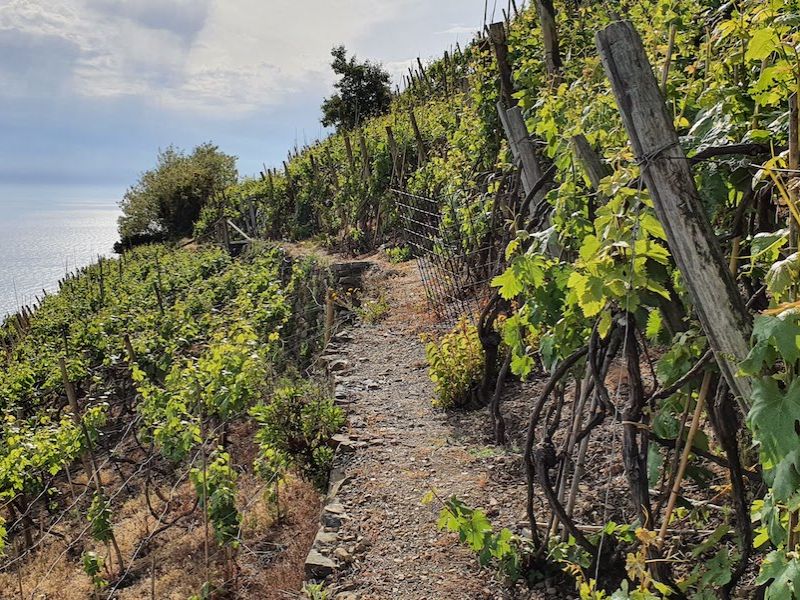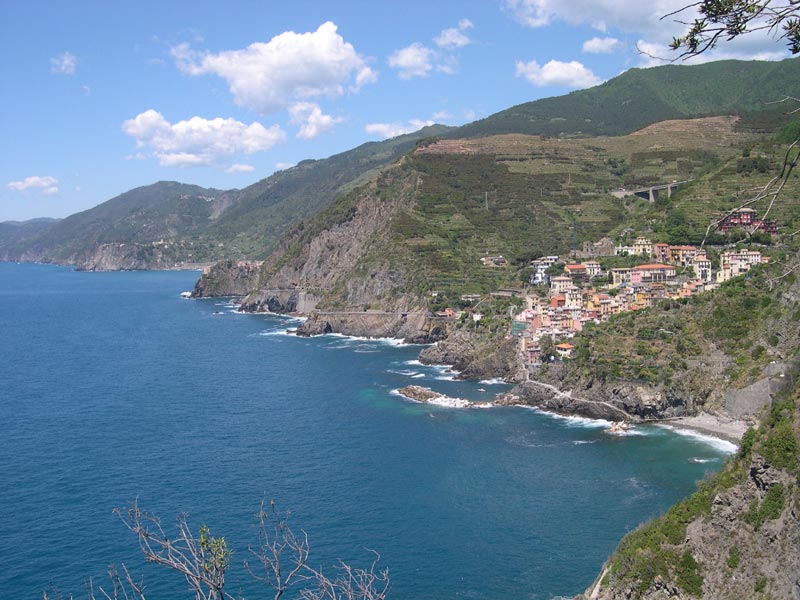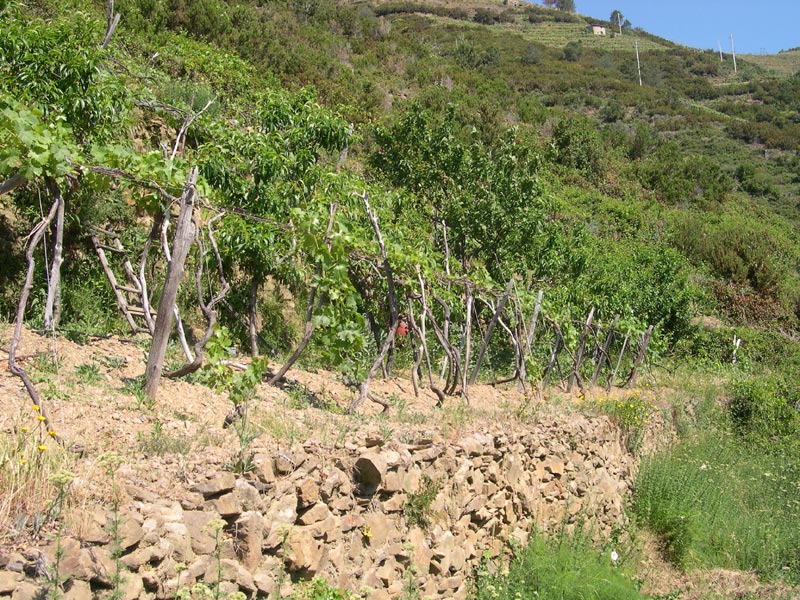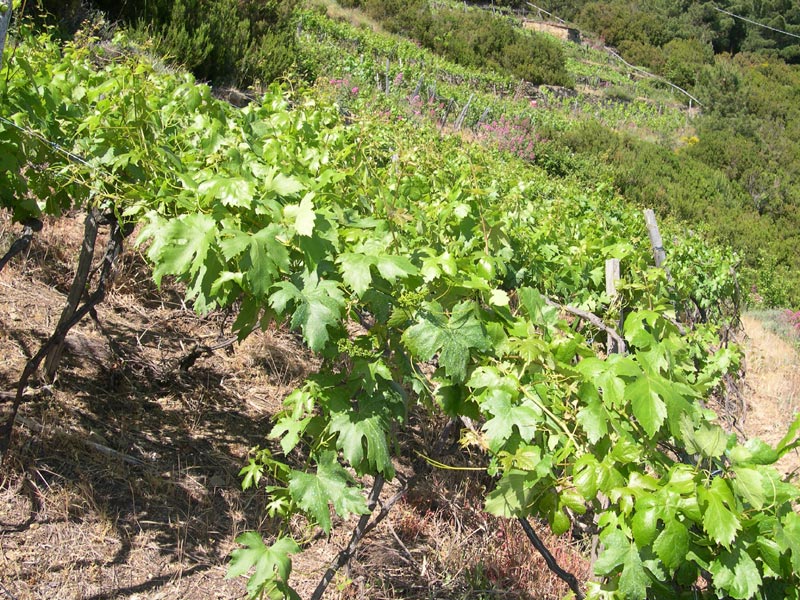Parco Nazionale delle Cinque Terre
www.parconazionale5terre.itProtected Area
Identity Card
- Cinque Terre National Park:
- Land Surface Area: 3'860.00 ha
- Protected flora: 9 species (Italian text)
- Protected wildlife: 17 species (Italian text)
- Habitats: 11 types (Italian text)
- Regions: Liguria
- Provinces: La Spezia
- Municipalities: La Spezia, Levanto, Monterosso al Mare, Riomaggiore, Vernazza
- Establishment Measures: D.P.R. 06/10/1999
- PA Official List: EUAP1067
- Park Authority: Ente Parco Nazionale delle Cinque Terre
- Further managed Protected Areas:
- Area Marina Protetta delle Cinque Terre
- Zona Speciale di Conservazione Costa Riomaggiore - Monterosso
- Zona Speciale di Conservazione Fondali Punta Mesco - Riomaggiore
- Zona Speciale di Conservazione Portovenere - Riomaggiore - S.Benedetto
- Zona Speciale di Conservazione Punta Mesco
Parco Nazionale delle Cinque Terre
The Parco Nazionale delle Cinque Terre, with its 3,868 hectares wide surface, is one of Italy's smallest National Parks and the most populated at the same time, with about 4,000 inhabitants distributed in five hamlets: Riomaggiore, Manarola, Corniglia, Vernazza and Monterosso al Mare.
In more than one thousand years man changed the natural environment by sectioning the steep slopes of the hills to obtain stretches of land and cultivate them, the so called "ciàn", supported by kilometers-long dry-stone walls. This is the real characterizing feature of the Cinque Terre, with an unusual and deeply anthropized landscape: this is why this is the Park of Man, a territory that has become a World Heritage.
Vegetation
The steep slopes of the Cinque Terre's coast are covered with a high vegetation consisting of several shrubs, such as rockroses, heaths, spurges and strawberry trees. On drier and rocky soils one finds the garrigue, where some aromatic plant species grow, such as the rosemary, the thyme, the curry plant and the lavender.
The caper, growing in the clefts of the dry-stone walls, is a remaining cultivation from the last century.
Fauna
The inaccessible cliffs host the peregrine falcon and many other seabird species, such as the yellow-legged gull, the cormorant, the booby, the Manx shearwater and the common tern.
In the Maquis there are small mammals, such as the hedgehog, the badger, the least weasel and the beech marten. The only relevant predator is the fox.
The Park's Monumental Trees
A "monumental tree or row of trees" is defined as a tree or a row of trees that can be considered as a rare example of majesty and longevity, or of particular naturalistic value, or of reference to historical and cultural events and memories, whether or not it belongs to the natural flora of the geographical area where it is located.
Further information (in Italian)
The Natural Environments
Cinque Terre National Park covers a mountainous and mostly coastal area: only 300 hectares belong to the catchment basin of the Vara river and do not face the sea. The steep and landslide-prone mountains sides, where short streams flow, are a succession of valleys and ridges branching off the main watershed, which is 850 metres high and close to the sea. This is why mountain and mediterranean natural environments coexist in less than 4,000 hectares, populated by their own plant and animal species, for a remarkable biodiversity.
The landscape of man
The coastal settlements in the Cinque Terre were all established between the 11th and 13th century, thanks to the better economic and social conditions after the year 1000. The original structure of the villages has remained until the present days without excessive changes.
In Cinque Terre, Cultivation Means Culture
The works of terracing
With the name Cinque Terre we mean the 15 km stretch of overhanging coast along the litoral of the eastern part of Liguria. The name Cinque Terre comes from the sea towns of Monterosso, Vernazza, Corniglia, Manarola, and Riomaggiore, which are situated at the same distance one from the other, clutched at the rock and hidden into narrow and steep valleys; the name of "terra" (earth) is here synonym of quarter in the medieval sense. Human activities contributed to create a unique landscape which is the expression of a culture deeply linked to the place it belongs to: a collective experience able to master the adversities of the natural environment to the needs of the population.
In about one thousand years of history man replaced the originary woods which covered the steep mountain slopes with the cultivation of vineyards in terraces, made possible through the shattering of the rock, the creation of dry-stone walls and of cultivable humus.
From the first century to the Low Middle Ages up to present days, the struggle between nature and man has been continuous and it has led to the shaping of the landscape by man through its reconstruction after every landslide caused by the rain: the good quality of the stones and the ability to build dry-stone walls guarantee a greater resistance to the falls.
Among the terraces there are very long and steep stairs built from the walls, places where to lean the materials carried on the shoulders, small canals at the side of the mule tracks.
The colossal work has been carried out thanks to the free initiative of more than one generation, and it has been handed down only through the will to make productive an area which otherwise was not possible to cultivate. The farmer of the Cinque Terre has not only been the producer of the precious wine for centuries, but above all he has been the cause of the hydrogeological stability of a landscape which has been recognized as world heritage.
The maintenance of the territory and the defense of its features are entrusted to the operations linked to the cultivation: degradation immediately follows the abandonment of the places by man.
The terracing has been carried out by the population of the Cinque Terre since the year 1000 with productive aims, and it has led to effects which overcame the originary aim, such as:
- the hydrogeologic stability of the slopes and of the villages lying underneath
- the connotation of the landscape.
The recently changed economic and social balance influenced the territory because of the abandonment of the traditional cultivations which led to the safeguard of the area.
This process has become irreversible; the consequence will be the fast soil degradation leading to:
- increasing landslides menacing the towns;
- the impossibility to exploit wide sections of territory;
- the change of the landscape features.




